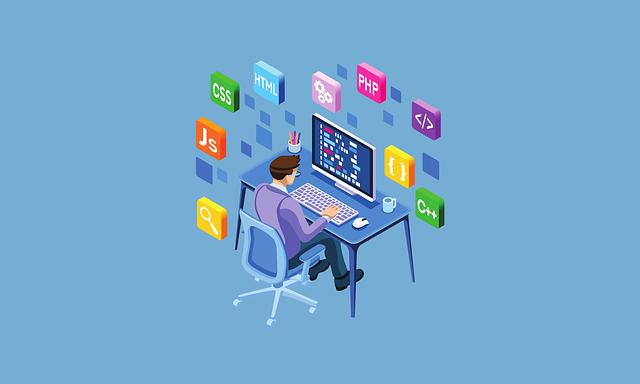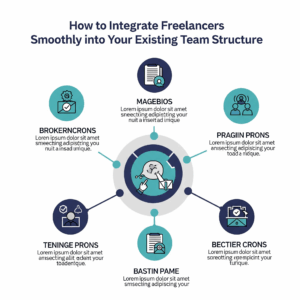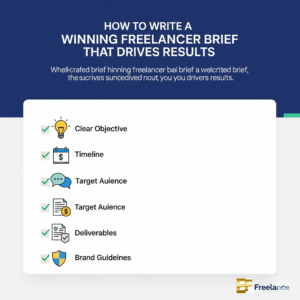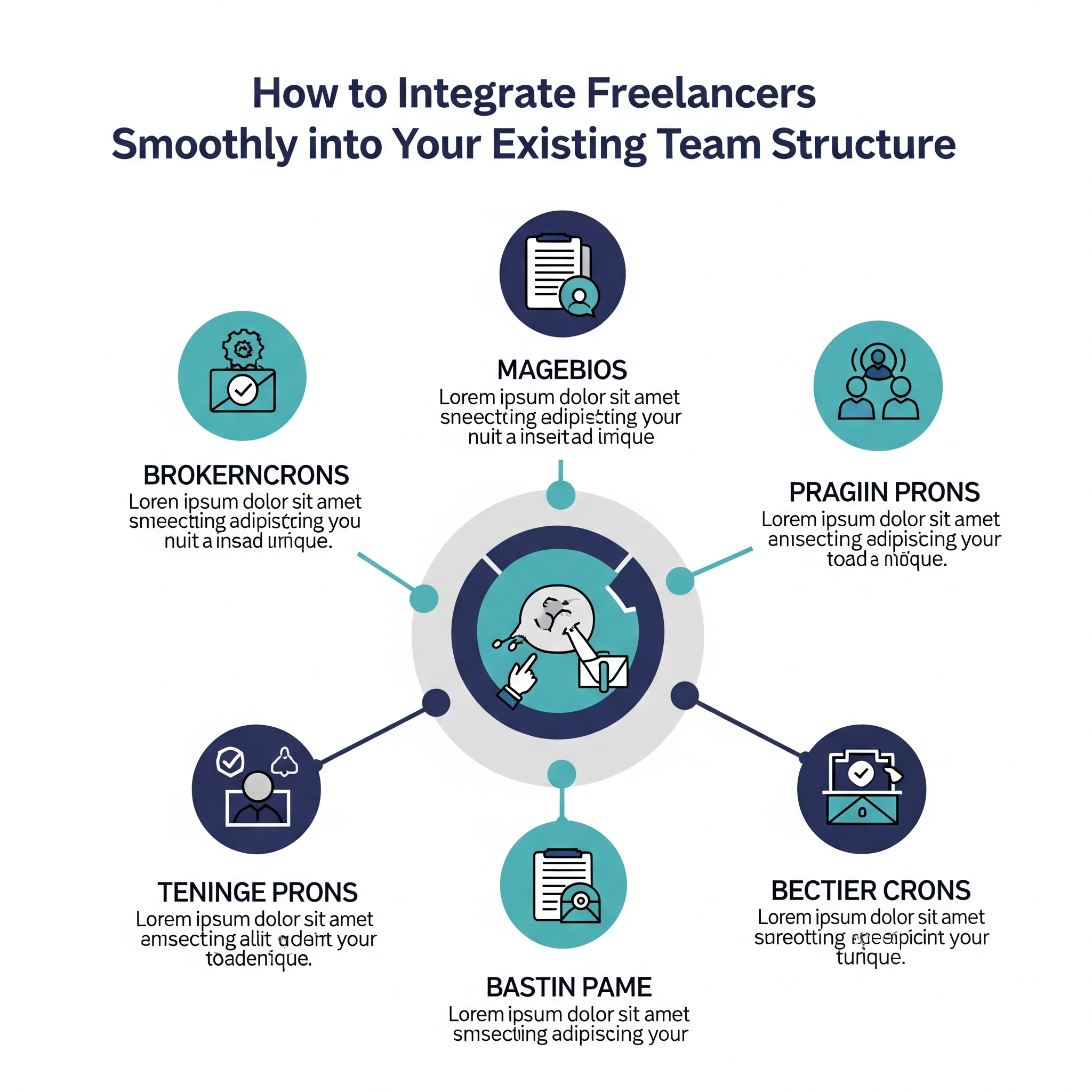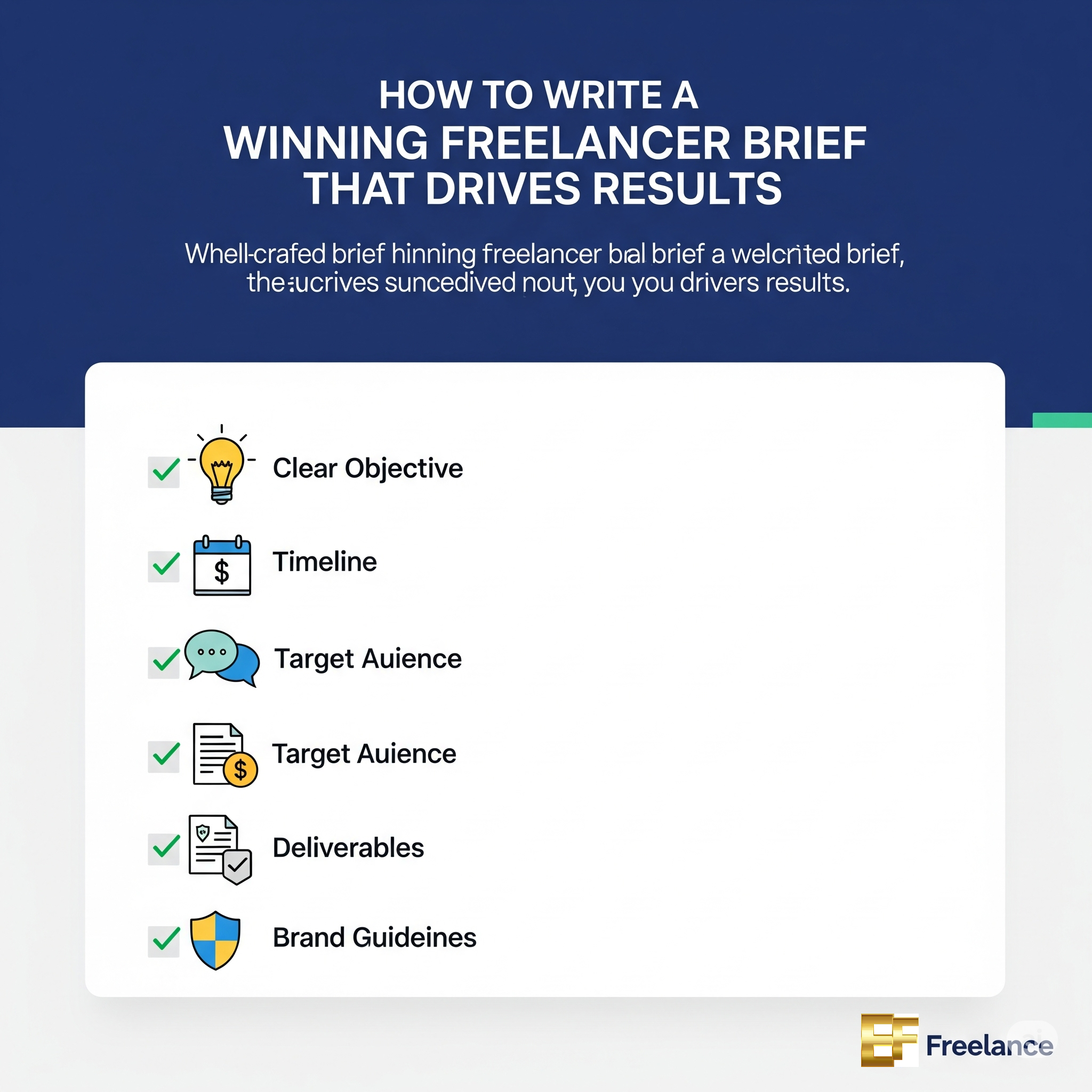What is Full-Stack Development? Should You Learn Both Front-End and Back-End?
In today’s tech-driven world, the demand for web developers continues to soar, making full-stack development an increasingly sought-after skill set. But what exactly is full-stack development, and should aspiring developers focus on mastering both front-end and back-end technologies? In this article, we will explore these questions in detail and provide valuable insights into becoming a full-stack developer.
Understanding Full-Stack Development
Full-stack development refers to the practice of working on both the front-end and back-end of a web application. A full-stack developer has the skills to create a complete web application, from designing the user interface to managing the database and server-side functionality.
- Front-End Development: The part of the application that users interact with directly. It involves HTML, CSS, and JavaScript to create visually appealing and responsive websites.
- Back-End Development: The server-side of the application where all the business logic and database interactions occur. Common back-end languages include PHP, Python, Ruby, and Node.js.
Key Technologies in Full-Stack Development
To better understand full-stack development, let’s look at some of the essential technologies used in both front-end and back-end development:
| Technology | Description | Used in |
|---|---|---|
| HTML | The standard markup language for creating web pages. | Front-End |
| CSS | Style sheet language used to describe the presentation of a document. | Front-End |
| JavaScript | A programming language that allows for interactive web pages. | Front-End |
| React | A JavaScript library for building user interfaces. | Front-End |
| Node.js | JavaScript runtime built on Chrome’s V8 engine for server-side development. | Back-End |
| Express.js | A web application framework for Node.js. | Back-End |
| MongoDB | A NoSQL database program that uses JSON-like documents. | Back-End |
Benefits of Full-Stack Development
Becoming a full-stack developer offers several advantages, including:
- Versatility: Full-stack developers can handle various tasks, making them valuable to employers.
- Better Collaboration: Understanding both sides of development enhances communication and collaboration between teams.
- Job Opportunities: The versatility of full-stack skills opens up more job opportunities in the tech industry.
- Problem-Solving Skills: Full-stack developers are better equipped to troubleshoot issues across the entire stack.
Should You Learn Both Front-End and Back-End?
Deciding whether to specialize in front-end, back-end, or both aspects of web development can be challenging. Here are some considerations:
Reasons to Learn Both Front-End and Back-End
- Comprehensive Understanding: Knowing both sides gives you a well-rounded understanding of how web applications work.
- Enhanced Employability: Many companies prefer hiring developers who can bridge the gap between front-end and back-end teams.
- Faster Prototyping: With full-stack skills, you can quickly build and iterate on projects without relying on others.
When to Specialize
- Interest and Passion: If you have a natural affinity for design and UI/UX, front-end may be the perfect fit for you.
- Complexity of Projects: If you’re working on projects that require deep knowledge of databases and server logic, consider specializing in back-end.
- Career Goals: Your long-term career goals will help determine whether you should focus on full-stack development or specialize.
Practical Tips for Aspiring Full-Stack Developers
If you decide to pursue full-stack development, here are some practical tips:
- Create a Learning Plan: Identify the technologies you need to learn and map out a timeline for mastering each one.
- Build Projects: Apply your knowledge by building your projects, which will enhance your portfolio and learning experience.
- Join Communities: Engage with online development communities for support, networking, and learning resources.
- Stay Updated: Full-stack development is always evolving; follow tech blogs, podcasts, and forums to stay current.
Case Studies and Real-World Experience
Many successful full-stack developers have shared their experiences, providing insights into their career paths:
- Case Study 1: Jane started her career as a graphic designer. By learning HTML, CSS, and JavaScript, she transitioned to front-end development but later learned Node.js and MongoDB, becoming a full-stack developer.
- Case Study 2: Tom was a back-end developer who decided to learn React for better collaboration with front-end teams. He found that understanding both sides significantly enhanced his coding efficiency.
Conclusion
Full-stack development is a rewarding path that offers numerous opportunities in the tech industry. Whether you choose to master both front-end and back-end skills or specialize in one, understanding the complete web development process is invaluable. As technology continues to evolve, full-stack developers will remain in high demand, making it a prudent choice for anyone looking to embark on a career in web development.
your decision should align with your interests, career aspirations, and the skills you wish to develop. Embrace the journey of learning and growth in full-stack development, and you’ll be well on your way to a successful career in the tech world!
